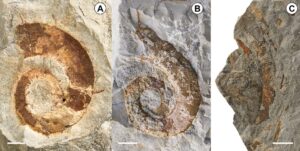Naturtejo UNESCO Global Geopark (Portugal) area includes deposits from the Neoproterozoic to the Quaternary. Despite its limited exposure area in major Variscan folded structures, the Ordovician series hosts some of its most famous geological heritage features, such as the Penha Garcia Ichnological Park. The Upper Ordovician of the Central Iberian Zone is still far from […]
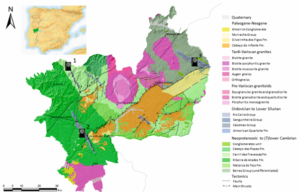
For many years, even before it was designated as Las Loras UNESCO Global Geopark, work was carried out to promote and protect the geological heritage of the territory. To this end, an innovative model of governance was introduced, involving local people in the management of heritage by means of citizen participation processes and Geo-volunteering. This […]
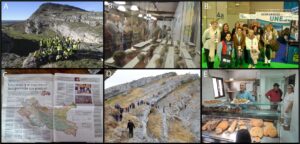
Cruziana is a common and widespread trace fossil in Lower Palaeozoic strata that is generally attributed to the activity of trilobites. The Lower to Middle Ordovician Armorican Quartzite Formation of southern Europe contains well-preserved examples of the Cruziana rugosa Group. This paper outlines how Cruziana forms an important part of the geological heritage in the […]
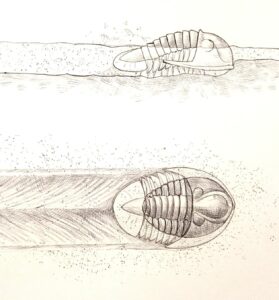
The Ammonitico Rosso is one of the most studied as well as most unusual facies developed in the Tethys Ocean, mainly during the Jurassic. This calcareous to marly-calcareous facies was typical on high seabeds seawards from the main platforms and emerged lands, sites where fine sediments accumulated discontinuously, while invertebrate animals tunneled the sea bottom […]
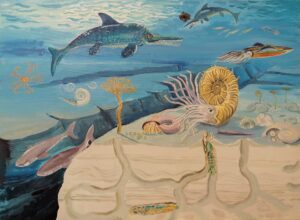
The giant Ordovician trilobites from the Canelas quarry constitute the most iconic sign of identity of the Arouca UNESCO Global Geopark at an international level. Palaeontological studies determined the importance of this fossil locality for studying aspects of the social behavior of these marine arthropods and their interactions with other represented invertebrate fossil groups. Although […]
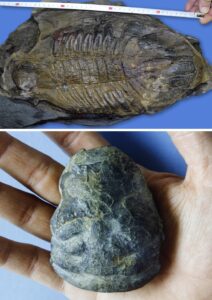
Numerous Upper Jurassic–Lower Cretaceous tracksites are found in the Maestrazgo UNESCO Global Geopark; sauropod and ornithopod tracks are abundant and there are some rare stegosaurians and theropods. The Lower Cretaceous ichnite sites are dominated by ornithopod tracks, while only one Upper Cretaceous site, containing theropod tracks, has been documented. Seven of these sites are classified […]
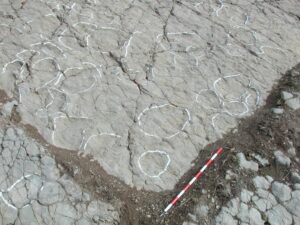
The Paleozoic succession of the Sierra Norte de Sevilla UNESCO Global Geopark (Ossa Morena Zone of the Iberian Massif, SW Spain) includes a nearly complete Silurian succession, ca. 150 m thick, deposited in an outer shelf setting. In the core part of the Valle syncline, the El Pintado-1 section exhibits a condensed graptolite-rich Silurian black-shale […]
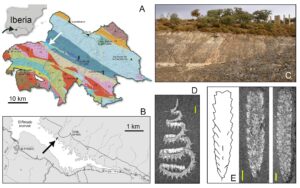
The current territory of the Maestrazgo UNESCO Global Geopark has provided fossils that pioneered dinosaur research in Spain. The first Spanish dinosaur, Aragosaurus ischiaticus (published in 1987), five other new genera of dinosaurs and six species were described from fossils found at Geopark sites. These are the sauropod Galveosaurus herreroi (Galvesaurus herreroi) in 2005, the […]
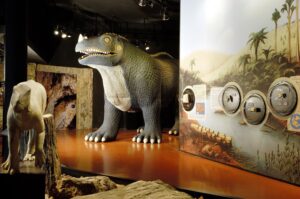
The Paleozoic succession in the Nevera inlier of the Molina-Alto Tajo UNESCO Global Geopark (Western Iberian Cordillera, NE Spain) includes an incomplete, richly fossiliferous Silurian succession, ca. 350‒400 m thick, at the locality of Checa, one of the geosites of international interest in the Paleozoic of Spain. The Checa section starts with quartzites (Los Puertos […]
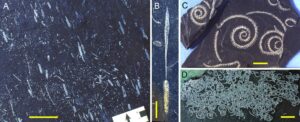
The cross-border Geopark Karawanken/ Karavanke was established in 2011 to reflect the diverse geological composition and varied and rich natural and cultural heritage of the area. The wealth of geological heritage is reflected in numerous, already existing geosites, exceptional and unique on a global level, as well as in newly determined mineral and fossil sites. […]
